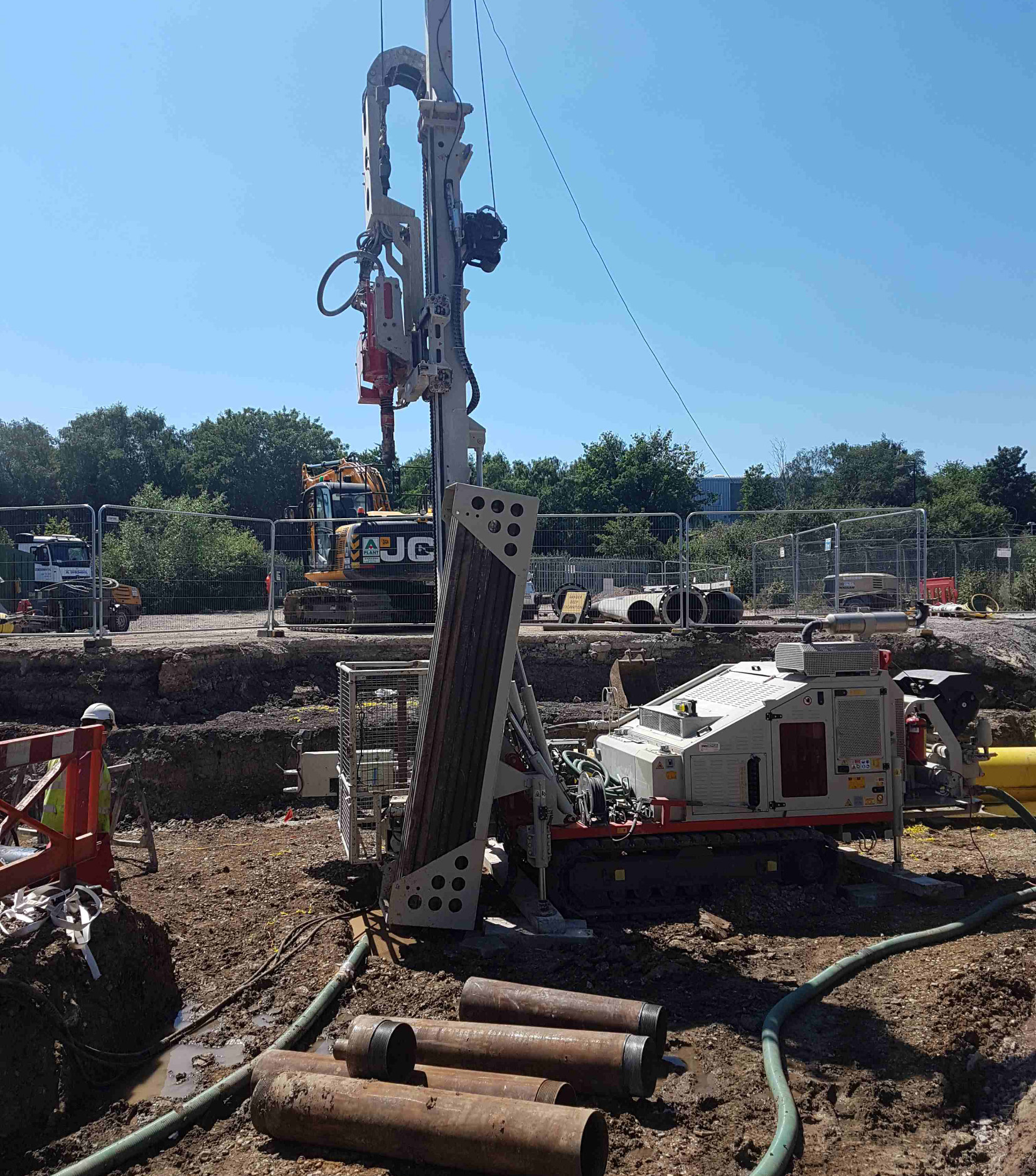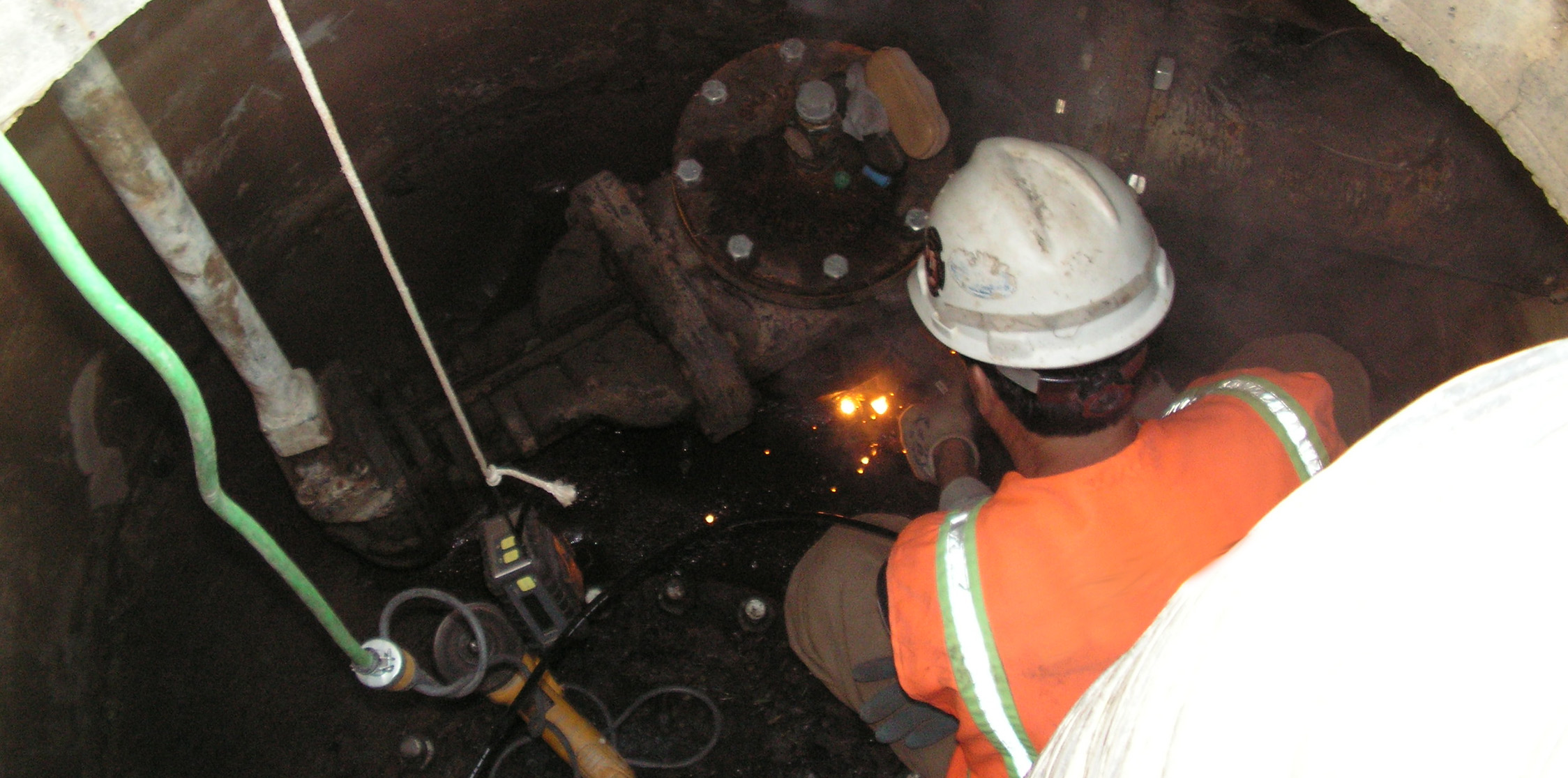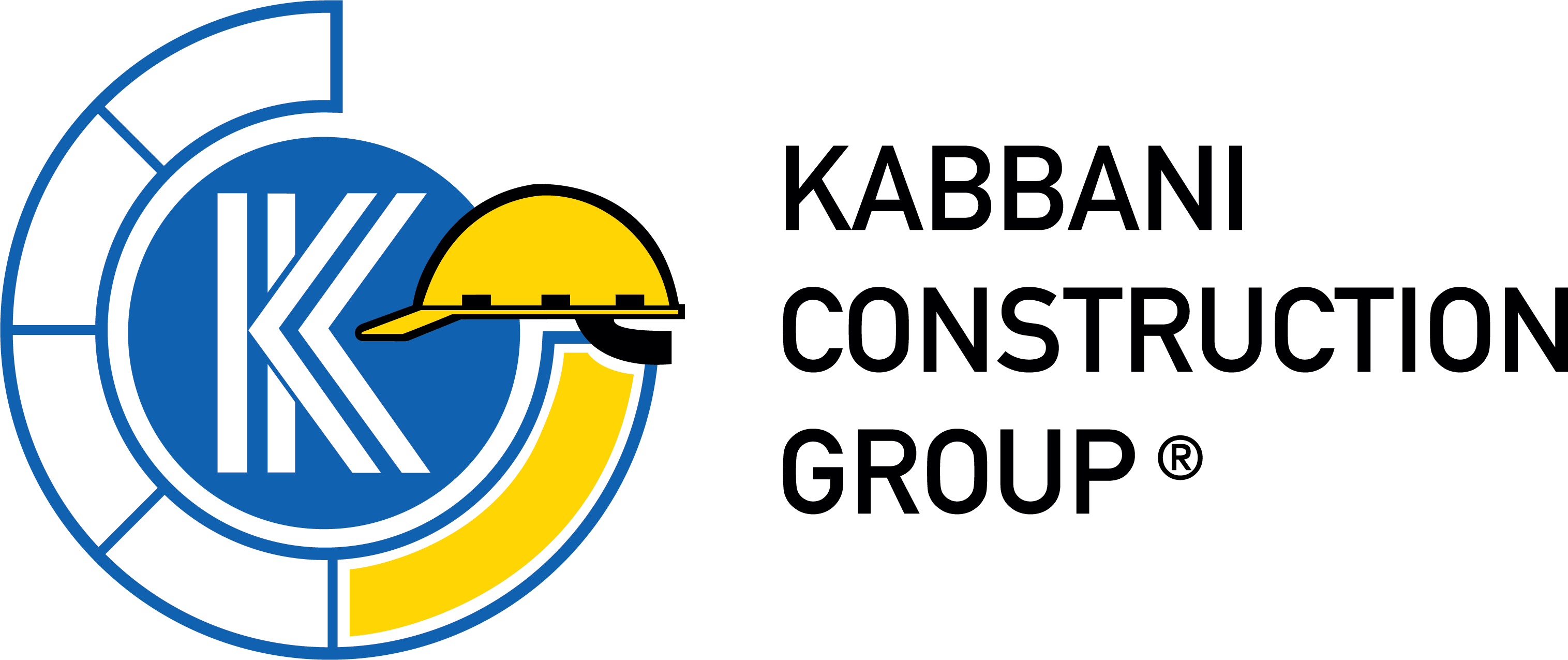Cathodic Protection
Corrosion is a natural process that can deteriorate metal structures and cause costly damage for your business. For corrosion to occur, four elements must be present: a host site from which current flows, a destination site where no current flows, a medium capable of conducting current (such as water, concrete, or soil), and a metal path between the host and destination site.
Electrochemical corrosion of metals is the process by which ions on the surface of a metal are transferred to another substance (a depolarizer, or less active substance or metal). Such depolarizers are oxygen, acids, or cations of more passive metals.

Cathodic protection is often used to mitigate corrosion damage to active metal surfaces. Cathodic protection is used all over the globe to protect pipelines, water treatment plants, above and underwater storage tanks, ship and boat hulls, offshore production platforms, reinforcement bars in concrete structures and piers, and more.
Cathodic protection is often used to protect steel from corrosion. Corrosion is caused when two dissimilar metals are submerged in an electrolytic substance such as water, soil, or concrete. This type of metal conducting path between the two dissimilar metals allows a pathway through which free electrons move from the more active metal (anode) to the less active metal (cathode). If free electrons from the anode do not reach active sites on the cathode before the arrival of oxygen, ions at the active sites can then recombine to produce ferrous hydroxide, i.e. rust.

Cathodic Protection In Detail
How Does It Work?
Types of Cathodic Protection
Galvanic
Galvanic protection consists of applying a protective zinc coating to the steel to prevent rusting. The zinc corrodes in place of the encapsulated steel. These systems have limited life spans, as the sacrificial anode protecting the underlying metal will continue to degrade over time until the sacrificial anode is no longer capable of supplying protection.
Impressed Current Cathodic Protection
Impressed current cathodic protection systems consist of anodes that are connected to a power source that provides a perpetual source of electrical flow. The sacrificial anode method of protection uses a metal more active than the base metal to “sacrifice” ions. These “sacrificial anodes” (usually alloys such as magnesium, aluminum, or zinc) have a stronger electrochemical potential. This method can often provide much longer protection than a sacrificial anode, as the anode is supplied by an unlimited power source.



